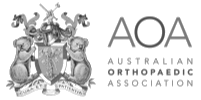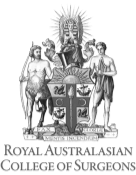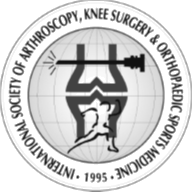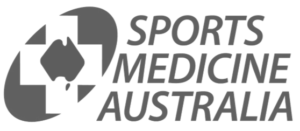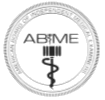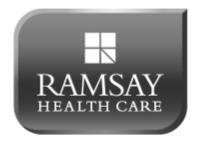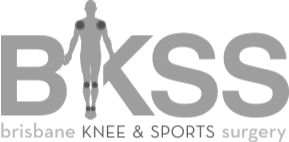Rotator Cuff Repair
What is the rotator cuff and what does it do?

Your shoulder is made up of three bones: your upper arm bone (humerus), your shoulder blade (scapula), and your collarbone (clavicle). The shoulder is a ball-and-socket joint: The ball, or head, of your upper arm bone fits into a shallow socket in your shoulder blade.
Your arm is kept in your shoulder socket by your rotator cuff. The rotator cuff is a network of four muscles that come together as tendonsto form a covering around the head of the humerus. The rotator cuff attaches the humerus to the shoulder blade and helps to lift and rotate your arm.
There is a lubricating sac called a bursa between the rotator cuff and the bone on top of your shoulder (acromion). The bursa allows the rotator cuff tendons to glide freely when you move your arm. When the rotator cuff tendons are injured or damaged, this bursa can also become inflamed and painful.
What causes a rotator cuff tear?
A rotator cuff tear may result from an acute injury such as a fall or may be caused by chronic wear and tear with degeneration of the tendon or a combination of both acute and chronic causes. Impingement of the front of the scapula, “the acromion”, on the tendon is believed to be a major cause of cuff tears in individuals older than 40 years.
Several factors contribute to degenerative, or chronic, rotator cuff tears:
- Repetitive stress – Repeating the same shoulder motions again and again can stress your rotator cuff muscles and tendons. Baseball, tennis, rowing, and weightlifting are examples of sports activities that can put you at risk for overuse tears. Many jobs and routine chores can cause overuse tears, as well as we progress in age.
- Lack of blood supply – As we get older, the blood supply in our rotator cuff tendons lessens. Without a good blood supply, the body’s natural ability to repair tendon damage is impaired. This can ultimately lead to a tendon tear.
- Bone spurs – As we age, bone spurs (bone overgrowth) often develop on the underside of the acromion bone. When we lift our arms, the spurs rub on the rotator cuff tendons. This condition is called shoulder impingement, and over time will weaken the tendon and make it more likely to tear.
How will I know if I have a cuff tear?
When one or more of the rotator cuff tendons is torn, the tendon no longer fully attaches to the head of the humerus. Most tears occur in the supraspinatus muscle and tendon, but other parts of the rotator cuff may also be involved. In many cases, torn tendons begin by fraying (partial tears or intra-substance). As the damage progresses, the tendon can completely tear, sometimes with lifting a heavy object.
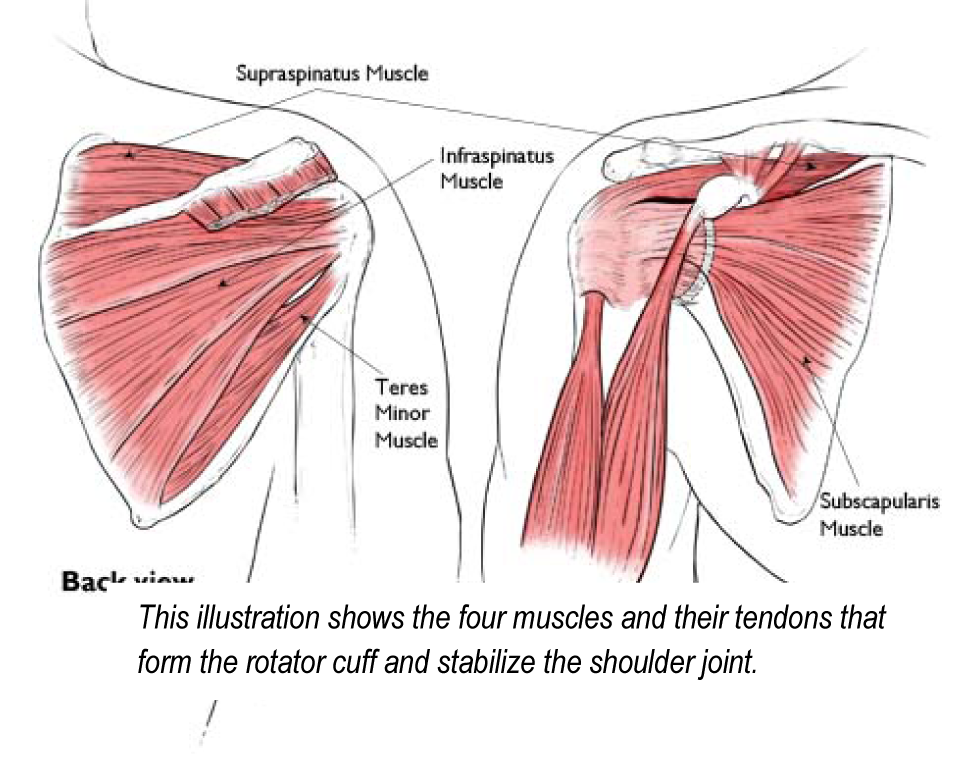
Typically, you will feel pain in the front of your shoulder that radiates down the side of your arm. It may be present with overhead activities such as lifting or reaching. You may feel pain when you try to sleep on the affected side. You may note weakness of your arm and difficulty with routine activities such as combing your hair or reaching behind your back.
If the tear occurs with injury, you may experience acute pain, a snapping sensation, and immediate weakness of the arm. These symptoms can occur more easily after injury in an ageing patient.
What symptoms should I look out for?
The signs and symptoms of a rotator cuff tear depend on the size and extent of the tear and the length of time that it has been present. In most cases, pain is the predominant feature. This occurs because of inflammation around the damaged tendon, as well as mechanical catching of the tendon in its tunnel under the acromion. The pain occurs with use of the arm, particularly elevation to and above shoulder height. Pain also occurs at night, which is particularly disabling because of the interference with sleep. Weakness, associated loss of power and movement may occur, depending on the size of the tear.
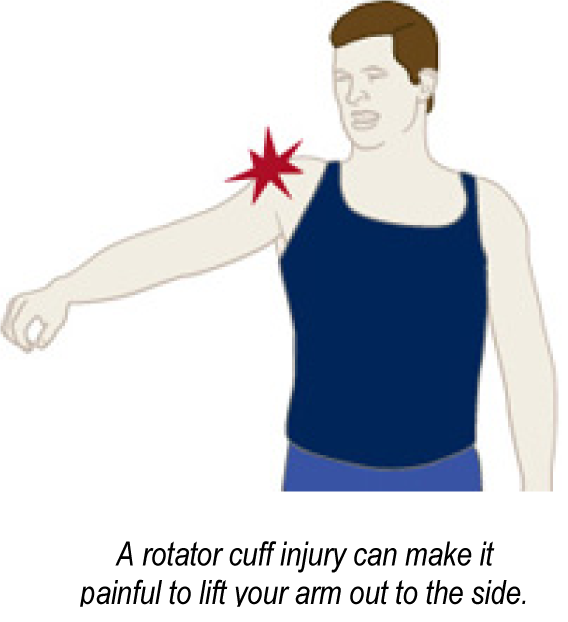
Once the rotator cuff tears, it does not heal, and surgery may be necessary to repair the tendon. If extensive tears are not treated, the result is deteriorating shoulder function, the onset of widespread arthritis in the shoulder region, and increasing pain over time. The ability to offer surgery to repair torn tendons depends on many factors and unfortunately not all patients are candidates for successful surgery.
The most common symptoms of a rotator cuff tear include:
- Pain at rest and at night, particularly if lying on the affected shoulder
- Pain when lifting and lowering your arm or with specific movements
- Weakness when lifting or rotating your arm
- Crepitus or crackling sensation when moving your shoulder in certain positions
Tears that develop slowly due to overuse also cause pain and may cause arm weakness. You may have pain in the shoulder when you lift your arm to the side, or pain that moves down your arm. At first, the pain may be mild and only present when lifting your arm over your head, such as reaching into a cupboard. Over-the-counter medication, such as aspirin or ibuprofen, may initially relieve the pain.
Over time, the pain may become more noticeable at rest, and no longer goes away with medications. You may have pain when you lie on the painful side at night. The pain and weakness in the shoulder may make routine activities such as combing your hair or reaching behind your back more difficult.
There are different types of tears:
- Partial Tear – (Intra-articular/bursal surface/intra-substance) This type of tear damages the soft tissue, but does not completely sever the tendon.
- Full-Thickness Tear – This type of tear is also called a complete tear. It splits the soft tissue into two pieces. In many cases, tendons tear off where they attach to the head of the humerus. With a full-thickness tear, there is basically a hole in the tendon.
If I have a painful rotator cuff and keep using it, will this cause further damage?
A rotator cuff tear can extend or get larger over time. This can occur with repetitive use or a re-injury. It is common for patients with known rotator cuff disease to have acute pain and weakness following a minor injury. This likely represents extension of an existing tear.If you know you have a rotator cuff tear, then worsening pain and decreasing strength may mean the tear is getting larger.
Early diagnosis and treatment of a rotator cuff tear may prevent symptoms such as loss of strength and loss of motion from setting in. A consultation with an orthopaedic surgeon is recommended, and an Ultrasound/MRI is usually required to confirm the diagnosis. Appropriate surgical or non-surgical treatment can then begin.
What treatment options are available?
The goal of any treatment is to reduce pain and restore function. There are several treatment options for a rotator cuff tear, and the best option is different for each person. In planning your treatment, your doctor will consider your age, activity level, general health, and the type of tear that you have.
Surgical treatment is not necessary if pain and loss of function are not significant problems depending on your age and the circumstances of how the tear occurred. Non-operative treatment includes analgesics such as paracetamol and/or anti-inflammatories, and physiotherapy to strengthen the rotator cuff muscles provided it does not aggravating the problem. Particularly useful in the early stages are steroid injections but their benefit usually reduces with repeated injections. Injections should be administered under USS guidance to increase their accuracy.
Surgery is recommended if you have persistent pain or weakness and loss of function that does not improve with nonsurgical treatment. Frequently, patients who require surgery will report pain at night and difficulty using the arm for lifting and reaching. Many will report ongoing symptoms despite several months of medication and limited use of the arm.
Non-surgical treatment options may include:
- Rest – Your doctor may suggest rest and limiting overhead activities.
- Activity modification – Avoid activities that cause shoulder pain.
- Non-steroidal anti-inflammatory medication – Drugs like ibuprofen reduce pain and swelling.
- Strengthening exercises and physiotherapy – Specific exercises will restore movement and strengthen your shoulder. Your exercise program will include stretches to improve flexibility and range of motion. Strengthening the muscles that support your shoulder can relieve pain and prevent further injury.
- Steroid injection – If rest, medications, and physiotherapy do not relieve your pain, an injection of a local anaesthetic and a cortisone preparation may be helpful. Cortisone is a very effective anti-inflammatory medicine.
The patient information sheets are intended to provide general information only and are not a substitute for medical advice about your particular condition.



